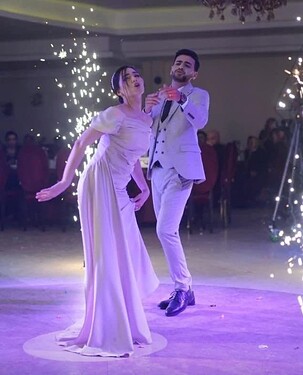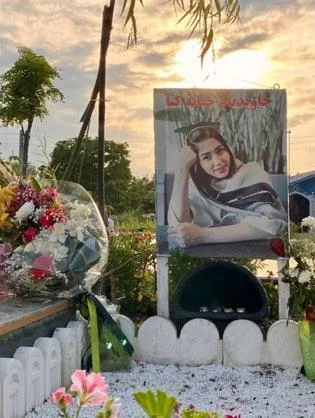One of the biggest problems with authoritarian governments is the misportrayal of the people they rule given to the rest of the world. One such example is the extent of religiosity suggested of the Iranian people by the repressive Islamic Republic regime in Iran.
I will openly admit that it’s true many Iranians still identify as “religious” or “Muslim” — millions, maybe tens of millions. But focusing on those numbers can obscure what’s actually unfolding beneath the surface. In terms of percentages, Iran has been undergoing a deep cultural shift. Out of a population of roughly 85 million, an ever-growing majority — particularly among the younger generations, who are the majority — has grown disillusioned, not just with the regime, but with the entire project of state-enforced religiosity. And this isn’t just abstract dissatisfaction. It’s extraordinarily personal.
Even among older, more traditionally religious Iranians, there’s some sort of reawakening occurring. Because many of their sons and daughters — who might not pray, who might want to instead date, to drink, to dance, to just live like their peers elsewhere in the world — are being punished brutally. Imprisoned, maimed, tortured, murdered. And not even just for attacking the state, but for daring to live outside its prescribed, archaic moral code.
That’s the line that’s been crossed: you don’t get to kill someone’s child and expect them to continue defending your sanctity. You can’t just destroy a family and still ask for their vote of confidence (not to say the regime holds fair elections, they never have).
This is how a regime can start losing its grip. It’s not merely when its critics speak up, but when even its supposed supporters fall silent, or worse, turn against it. When we are seeing women in full chador begin showing up at protests not because they’ve renounced their faith, but because they’re grieving, and because their faith never meant endorsing cruelty, that’s how you know this religious regime’s time is numbered.
I will give you an example.
This is Hanahe Kia. She was murdered by the Islamic regime, shot down for no greater crime than wanting to live her life with dignity and freedom. If you look closely at this image of her having fun before her death, you’ll notice a woman in hijab behind her, and potentially more outside the frame: her friends and family. Do you honestly believe that they, while personally religious, still feel any allegiance to the regime that took her away?
In the second image, of her grave, you see the final resting place of a young woman who should be alive today. And around it is a silence that speaks volumes. This is why opposition to the Islamic regime is not merely political, it’s about memory and trauma. Pure pain. And above all, about a deep, irreversible shift in Iranian public feeling.
What’s happening in Iran isn’t simply secularism on the rise: it’s secularism born of sorrow, from a people whose faith has been manipulated into a weapon, and who now want to reclaim both their dignity and their country from those who’ve hijacked it. And when mourning mothers in headscarves begin standing alongside unveiled daughters, it is not just me who adamantly believes the writing is on the wall. It is most Iranians.
This fundamentalist regime’s undoing will not be of the sole prerogative of the secularist opposition outside it, for the fundamentalists’ grasp is being hollowed out from within.

